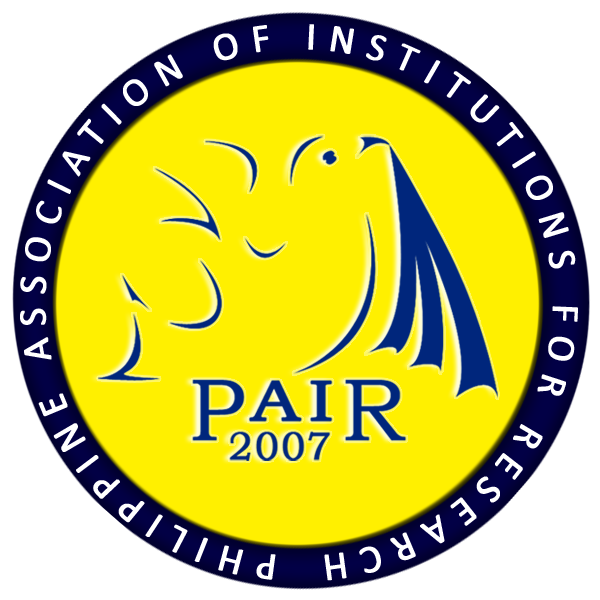Student Assistance Program (SAP) among Private Higher Education Institutions (HEIs)
DOI:
https://doi.org/10.7719/jpair.v17i1.279Keywords:
Education, Student Assistance Program (SAP), private HEIs, descriptive study, Cagayan de Oro City, PhilippinesAbstract
The Student Assistance Program (SAP) among the Private Higher Education Institutions (HEIs) in Cagayan de Oro City, Philippines has played a remarkable role in curving the country's economic problem. It is of no doubt that Cagayan de Oro City has also benefited the offshoot of the program lodged by these HEIs. It has provided CDO trained and skilled graduates that are employed elsewhere in the area. The study therefore aimed to describe the profile of the Student Assistance Program (SAP) among the Private HEIs in CDO and how well it helped the community stakeholders-students and parents to access quality education. Both qualitative and quantitative methods were employed to describe the efficiency and effectiveness of SAP in their respective HEI. Documentary analysis was used to interpret data that are gathered through Data Mining. A validated researcher-made questionnaire was used to gather the data needed. Data collected were from among the seven (7) HEIs with 210 respondents selected randomly by the researcher. The study revealed that the Student Assistance Program (SAP) was largely anchored on their respective Mission/Vision/Goals or VMGO. It has been found out that those who availed of the program were either academic or non-academic beneficiaries. Also, noticeable in the result is the significant helped of SAP among students pursue their studies which later became the economic advantage or opportunity net of Cagayan de Oro City.
Downloads
References
Eppler-Epstein, S. (2013). Passion, Caution, and Evolution: The Legal Aid Movement and Empirical Studies of Legal Assistance.
Downloads
Published
Issue
Section
License
Copyright (c) 2014 Rachel P. Daroy

This work is licensed under a Creative Commons Attribution-NonCommercial 4.0 International License.
Open Access. This article published by JPAIR Multidisciplinary Research is licensed under a Creative Commons Attribution-Noncommercial 4.0 International (CC BY-NC 4.0). You are free to share (copy and redistribute the material in any medium or format) and adapt (remix, transform, and build upon the material). Under the following terms, you must give appropriate credit, provide a link to the license, and indicate if changes were made. You may do so in any reasonable manner, but not in any way that suggests the licensor endorses you or your use. You may not use the material for commercial purposes.




















